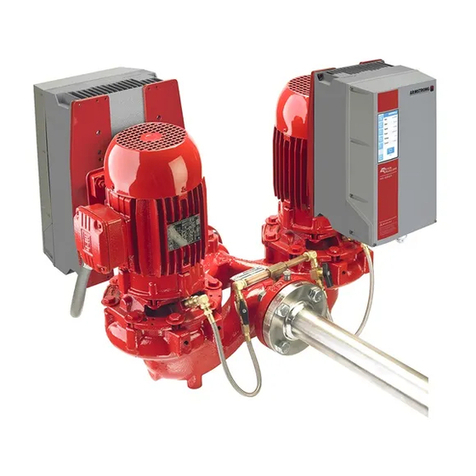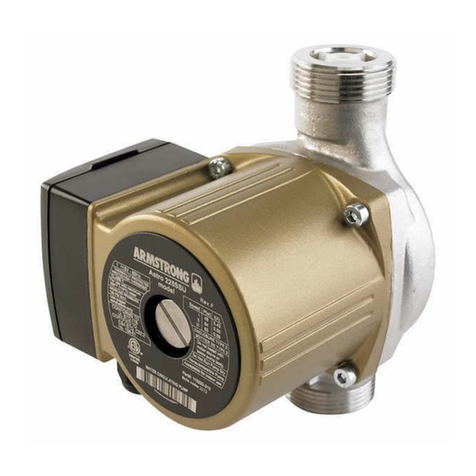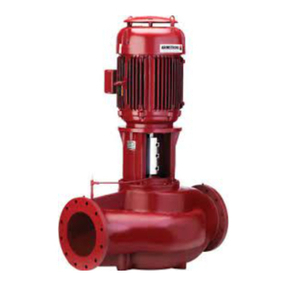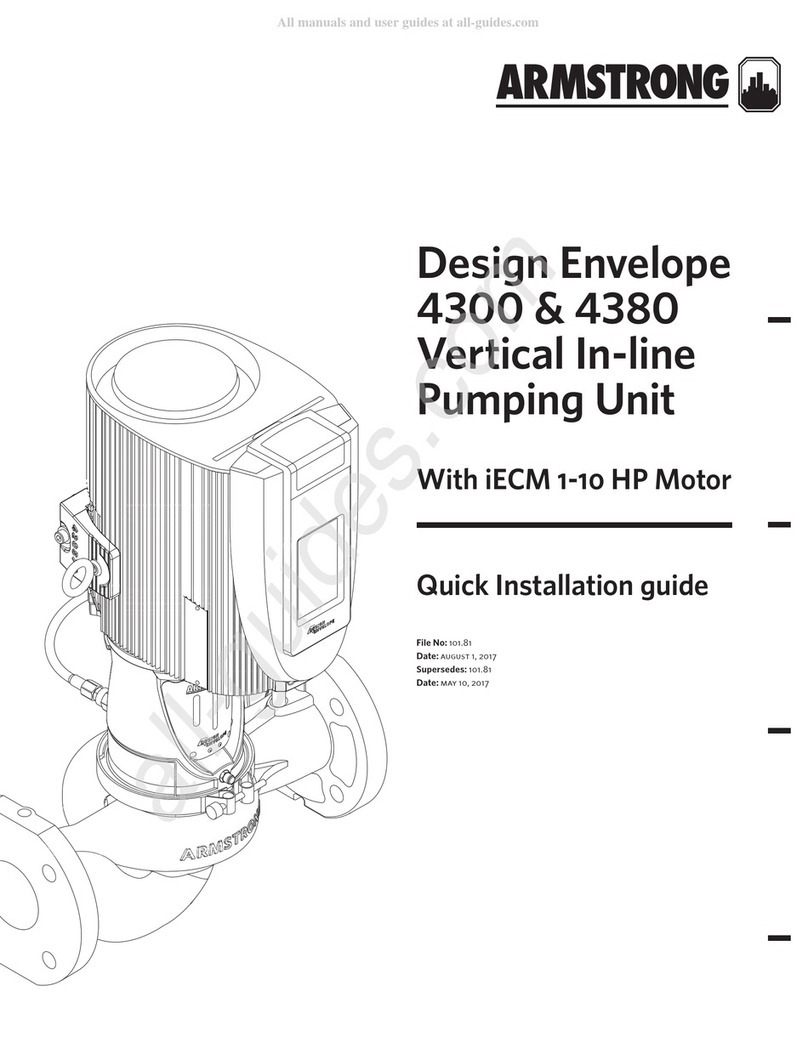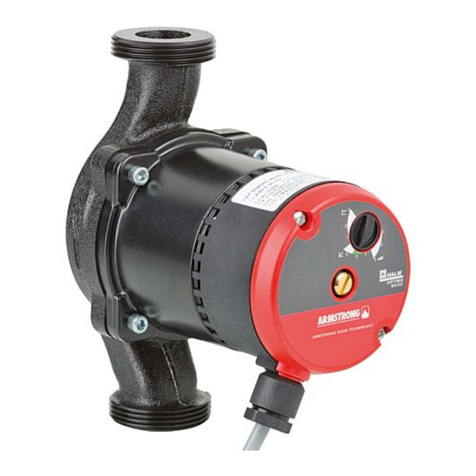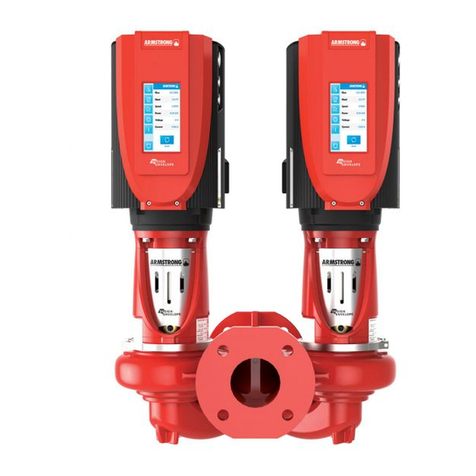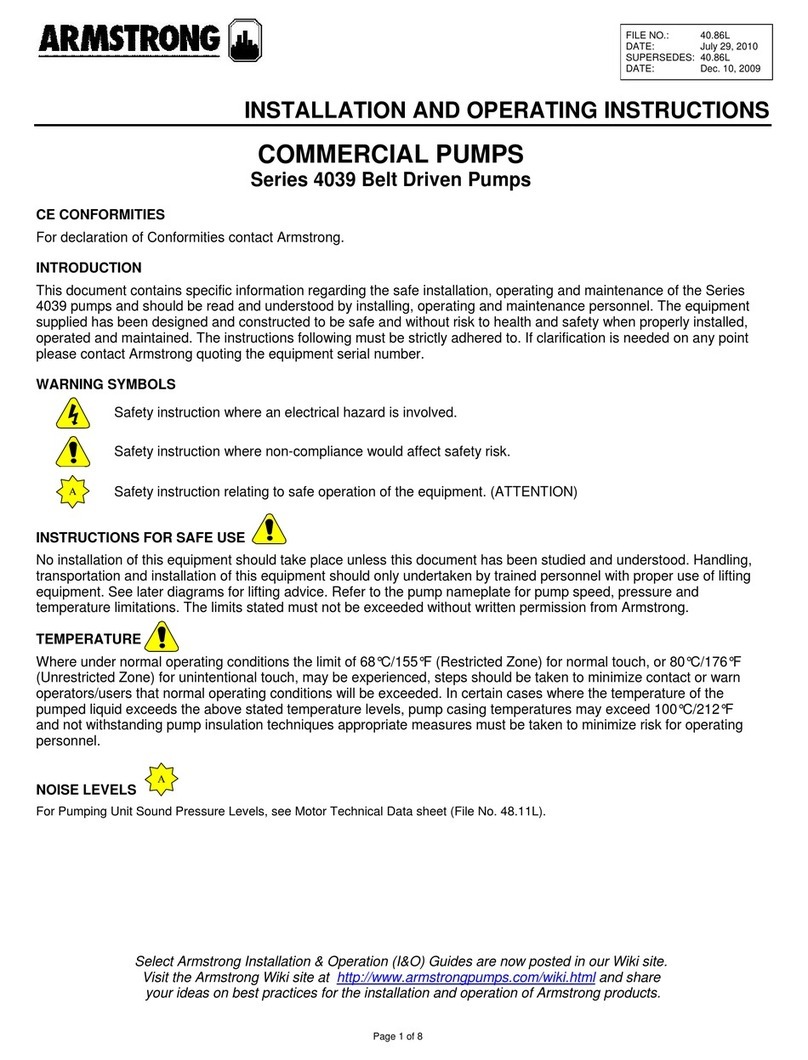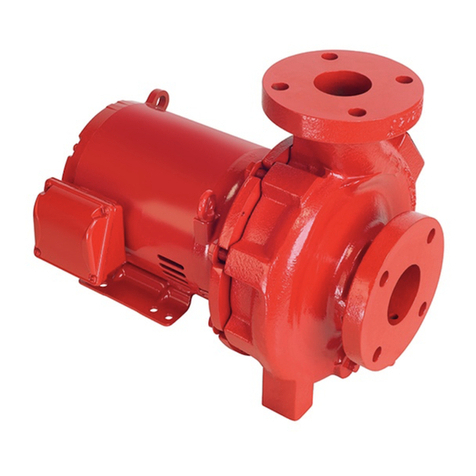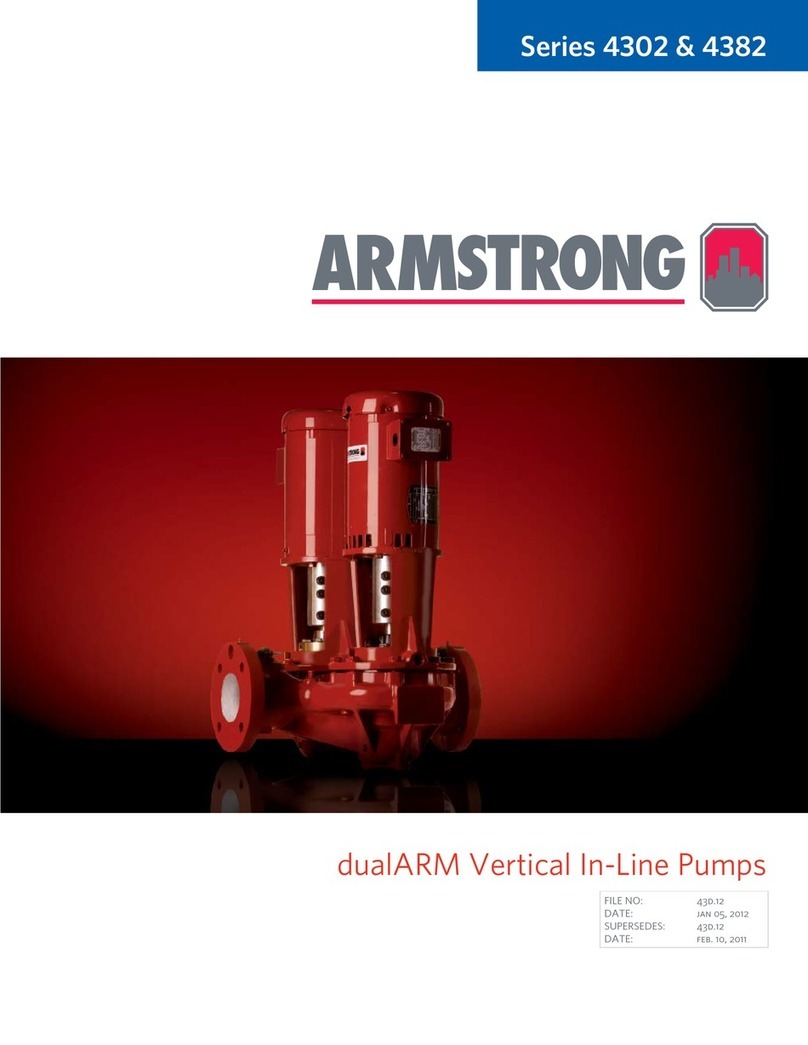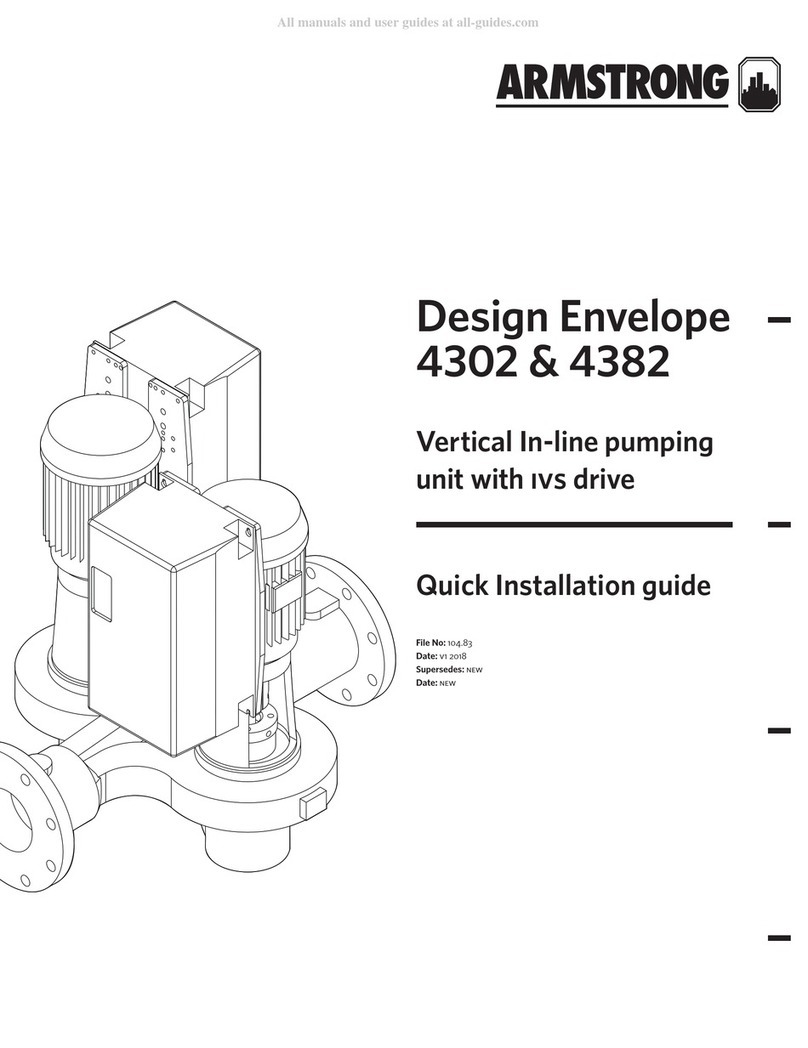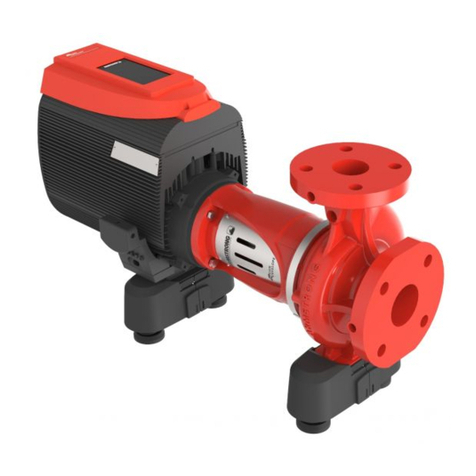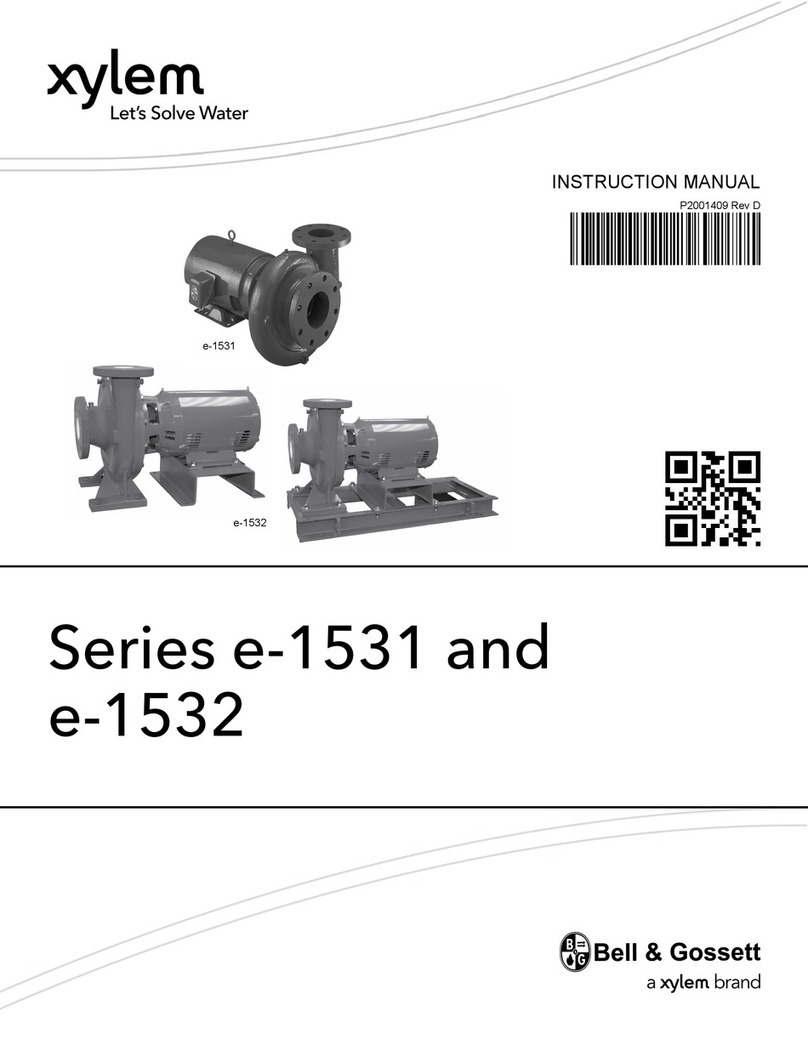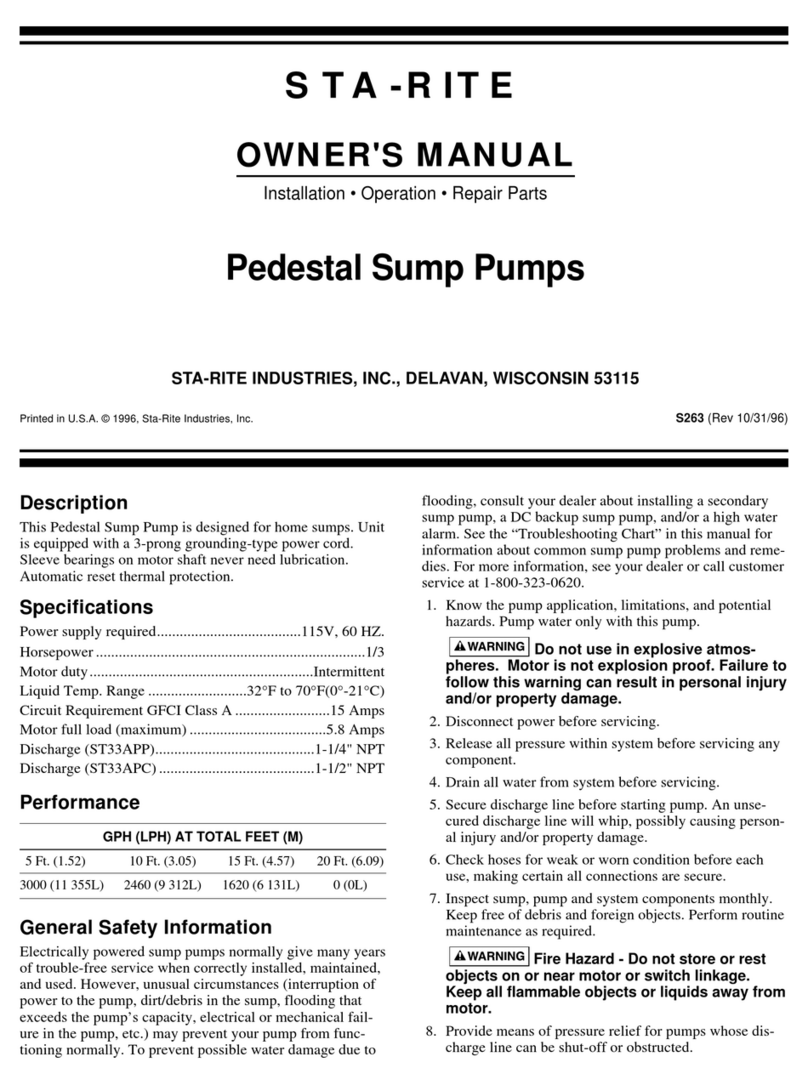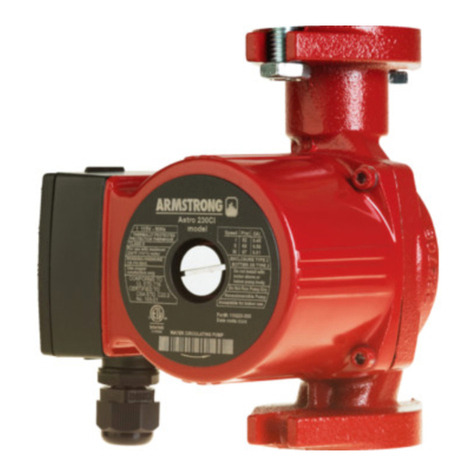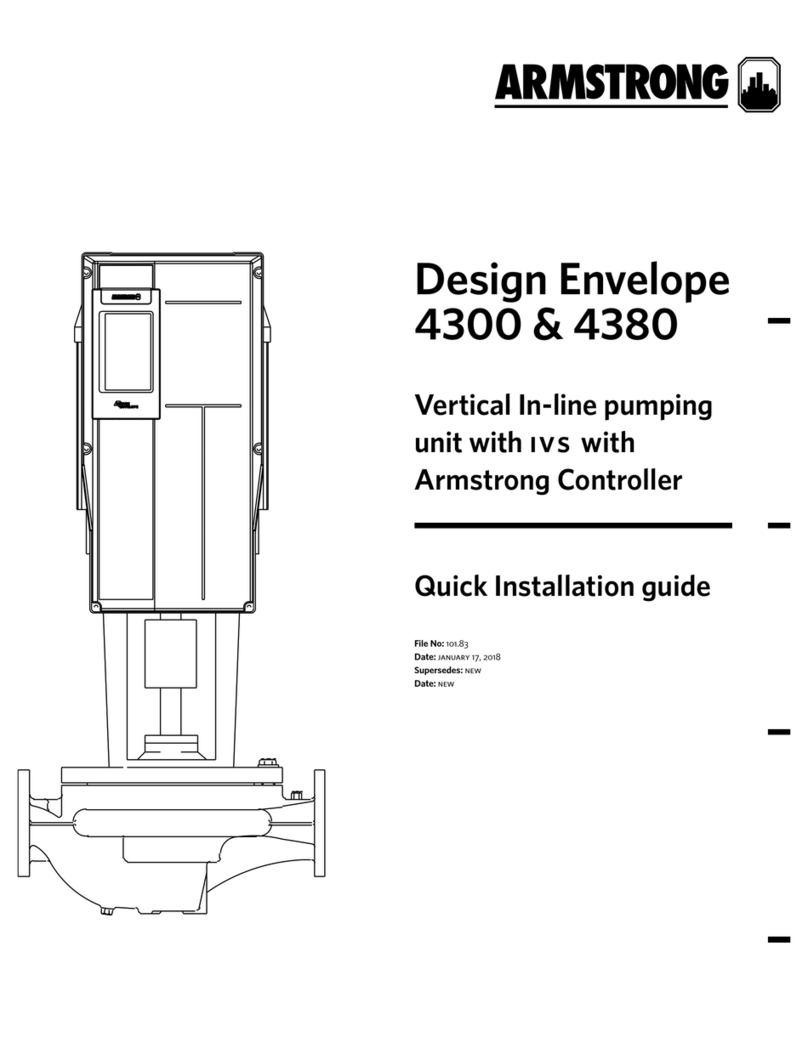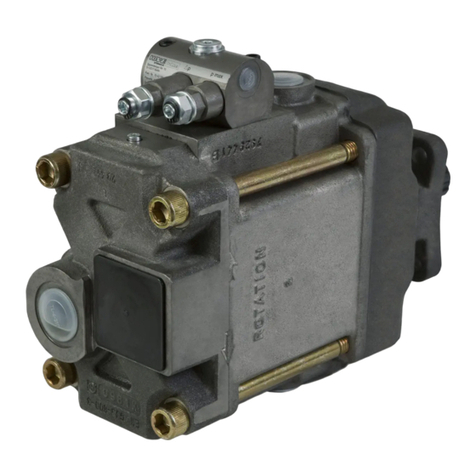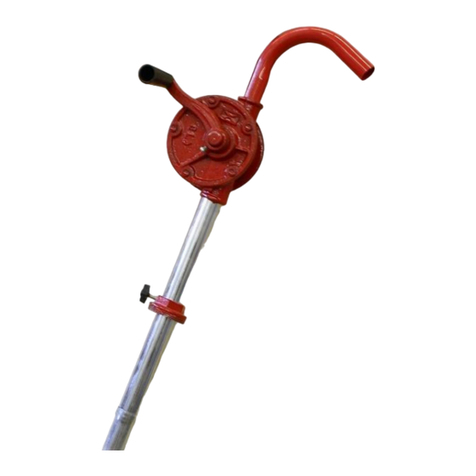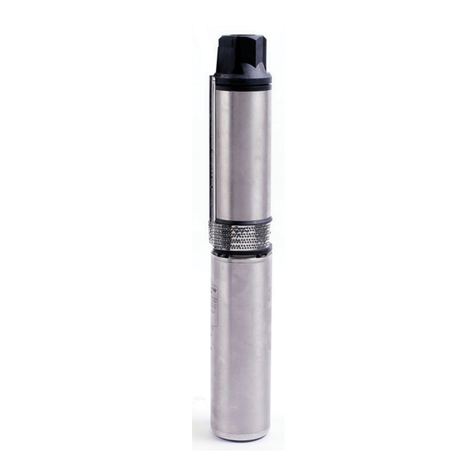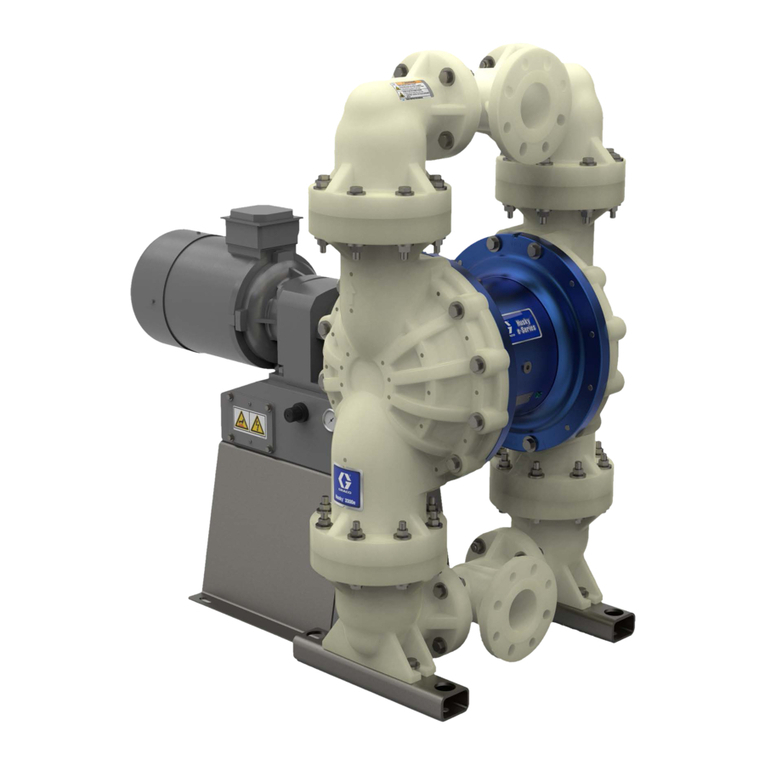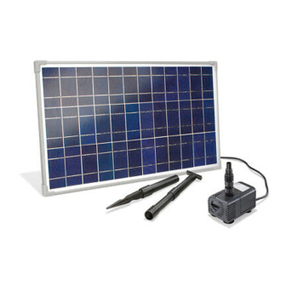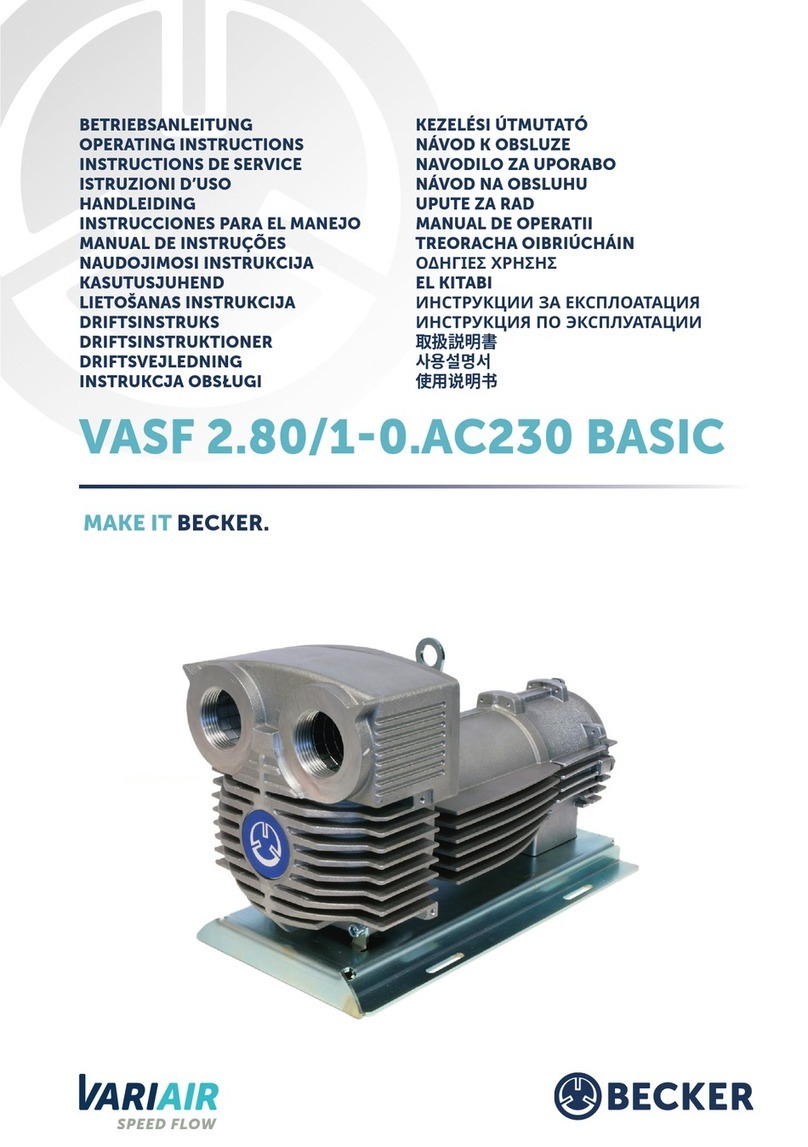
installation &
operating instructions
Design Envelope 4300 & 4380
Vertical In-line Pumping Unit
4
1.0 mechanical setup
This manual contains specific information regarding the safe
installation, operation and maintenance of Armstrong Design
Envelope pumps. Read this manual carefully before installing or
using the product. If clarification is needed on any point please
contact Armstrong quoting the equipment serial number.
1.1 precautions
1.1.1 instructions for safe use
No installation of this equipment should take place un-
less this document has been studied and understood.
Handling, transportation and installation of this equipment
should only undertaken by trained personnel with proper use
of lifting equipment. See later diagrams for lifting advice. Refer
to the pump nameplate for pump speed, pressure and tem-
perature limitations. The limits stated must not be exceeded
without written permission from Armstrong.
1.1.2 ambient temperature
Install the Design Envelope unit with adequate ac-
cess for routine maintenance. A minimum of 2" (50
mm) clearance is required at the fan inlet to facilitate
airflow. Where several Design Envelope units are
installed in close proximity, care must be taken to ensure that
there is no re-circulation of exhausted warm air.
To avoid the inverter unit getting overheated, the
ambient temperature is not to exceed 104°f (40°c)
average daily temperature. Operating in higher
ambient temperatures will require derating of the inverter.
Under normal operating conditions the pump surface tempera-
ture may reach 68°c/ 155°f (Restricted Zone) to 80°c/176°f
(Unrestricted Zone). Steps should be taken to minimize contact
or warn operators/users that normal operating conditions will
be exceeded. In certain cases, where the temperature of the
pumped liquid exceeds the above stated temperature levels,
pump casing temperatures may exceed 100°c/212°f and not
withstanding pump insulation techniques appropriate mea-
sures must be taken to minimize risk for operating personnel.
The ambient temperature for standard motors must be no
greater than 40°c/104°f.
1.1.3 enclosure rating
The standard enclosure rating for Design Envelope 4300 and
Design Envelope 4380 integrated controls is ul Type 12 /
ipp55. If the pump is to be installed in a wet or dusty environ-
ment, then a higher enclosure rating may be required (contact
Armstrong).
1.1.4 storage
Pumps not immediately placed into service, or removed from
service and stored, must be properly prepared to prevent
excessive rusting. Pump port protection plates must not be
removed until the pump is ready to connect to the piping.
Rotate the shaft periodically (at least monthly) to keep rotating
element free and bearings fully functional.
For long term storage (longer than three months), the pump
must be placed in a vertical position in a dry environment.
Internal rusting can be prevented by removing the plugs at the
top and bottom of the casing and drain or air blow out all water
to prevent rust buildup or the possibility of freezing. Be sure to
reinstall the plugs when the unit is made operational. Rust-
proofing or packing the casing with moisture absorbing mate-
rial and covering the flanges is acceptable. When returning to
service be sure to remove the drying agent from the pump.
1.1.5 warranty
Armstrong’s warranty period for Design Envelope pumps
is [18] months from date of shipment, or [12] months from
date of installation, whichever comes first. Please refer to File
9.10us / 9.10c for full terms and conditions. To receive an ad-
ditional [6] months of standard coverage, owner may register
the pump unit at
www.armstrongfluidtechnology.com/warrantyregistration
1.1.6 uncrating
Armstrong Design Envelope 4300 & 4380 Vertical In-Line
pumps are thoroughly inspected before shipment to assure
they meet with your order requirements. After removing the
pump from the packaging, make sure the equipment is in good
order and that all components are received as called for on the
packing list. Any shortages or damage should be reported im-
mediately. Use extreme care in handling the unit, placing slings
and hooks carefully so that stress will not be imposed on the
integrated controls, pump or motor. Never place cable slings
around the pump shaft or integrated controls. The hoist rings
should be used to lift the complete pump assembly.


